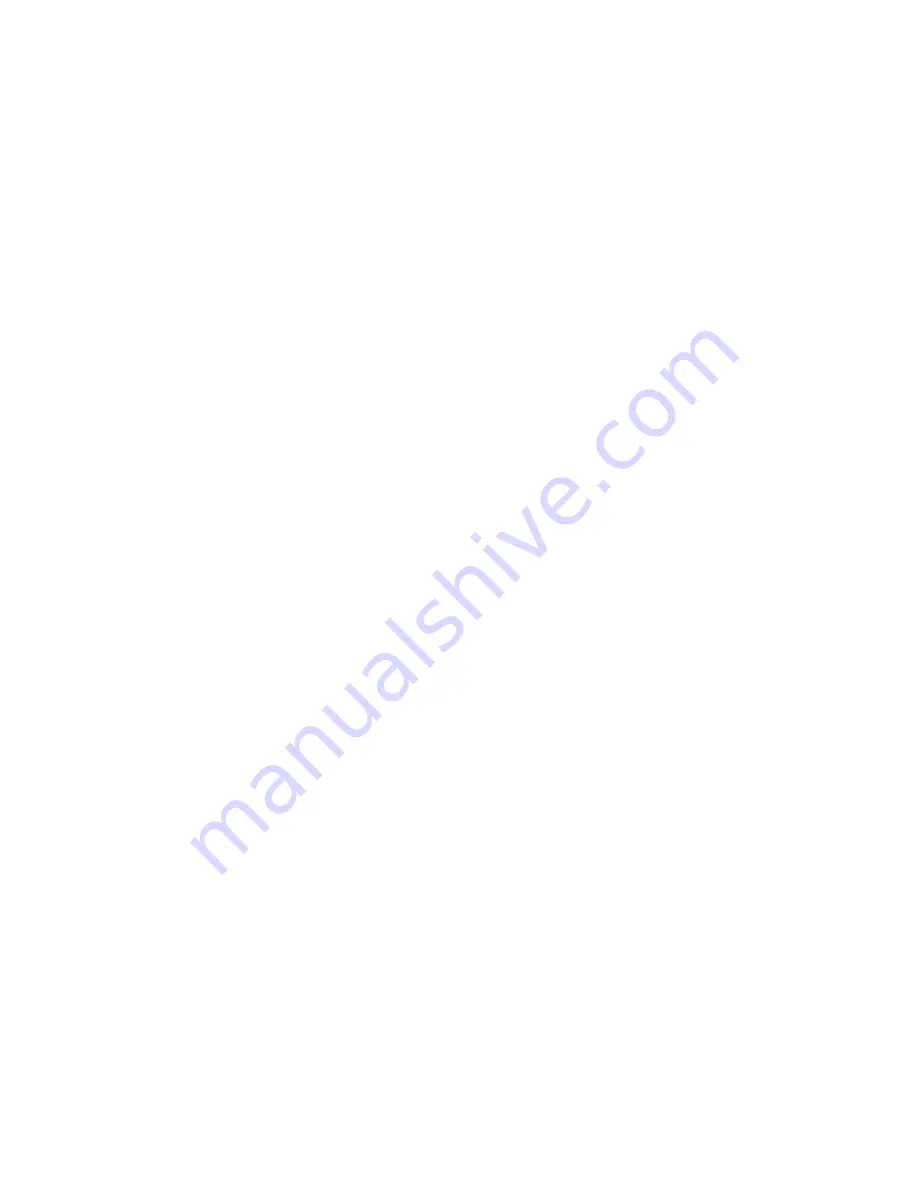
PC88 Made Easy
31
When you call up a Setup, the initial tempo will normally be set to the value you set in
the Tempo parameter. However, if you have a controller (such as a slider) assigned to
Tempo AND you set an Entry value for that slider, that Entry value will override the
Tempo setting in the Arpeggiator menu. If you do use an Entry value for a controller
assigned to Tempo, you will notice that two numbers are displayed. The first number
will be a value between 0 and 127, while the second number will be the actual BPM
value (between 20 and 300 BPM).
A final note - the Tempo parameter only applies as long as the Clock parameter in the
Global menu is set to Internal. If you set it to External, it will follow the tempo of any
clock messages detected at the MIDI IN port. If no clock is detected, there will be no
arpeggiation (no sound will be heard when you press the keys).
11.
Press the Arpeggiator button, then press >> seven times to return to Tempo, and
once again to go to Duration. This lets you set the duration of each note being played by
the arpeggiator. Try setting different values to hear the difference. At 100%, it is
completely legato. The lower you set the number, the more staccato the notes are played.
12.
Press the >> button. The Velocity Mode parameter determines what velocities are
used to create the notes. The current setting should be Played, which is the default. As
we noticed before, the notes get softer or louder in the arpeggio depending on how hard
you strike the keys. Try setting this parameter to different values to see the difference. If
it is set to Fixed, then a specific velocity is used for all notes, determined by the Fixed
Vel parameter (the next parameter, accessed with the >> button). If it is set to Last, then
all of the arpeggiated notes use the velocity of the last note you strike. Try playing a 3
note chord softly, then striking a fourth note hard - all of the notes will now be loud. If
you then restrike j ust that one note softly, all the notes are soft.
Setting the value to Pressure means the velocities will be controlled by aftertouch. As
you push down on any key, the velocities will be come louder. As with Last, pushing
down on any one key will affect all the notes. (This setting will only work if the
MPressure controller is assigned to Pressure, which we did in step 4.)
The final value is Ctrl 117, which allows you to control the velocities from a MIDI
controller. This is covered in tutorial #17.
13.
Press >> twice to get to the Note Shift parameter. This parameter and the following
two parameters are used in conj unction with each other. Note Shift will take the notes
that you play and transpose them up or down. Each time the arpeggio pattern is
repeated, the notes will transpose by the amount you set. Set the Note Shift to 2, then
play a chord. The notes will arpeggiate, then transpose up a whole step and repeat the
pattern, then transpose up a whole step again and repeat the pattern.
Press the >> button. The next parameter, Shift Limit will determine how far the PC88
will keep shifting from the original pitches. Set the Shift Limit to 12 and play the keys
again. Notice that the pattern will shift up in whole steps till it reaches an octave
transposition, then the pattern starts shifting down in whole steps till it reaches the
original notes you played, then starts shifting up again.
Press the >> button. The Limit Option parameter determines what happens once the
arpeggiator reaches the Limit. With the default value of Unipolar, it shifts up and down,
as you have seen. Try setting this to different values and listen to the end results.
Complete descriptions of all these values are found in the manual on page 6-5.






























